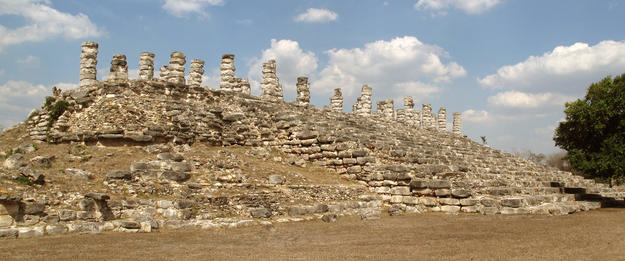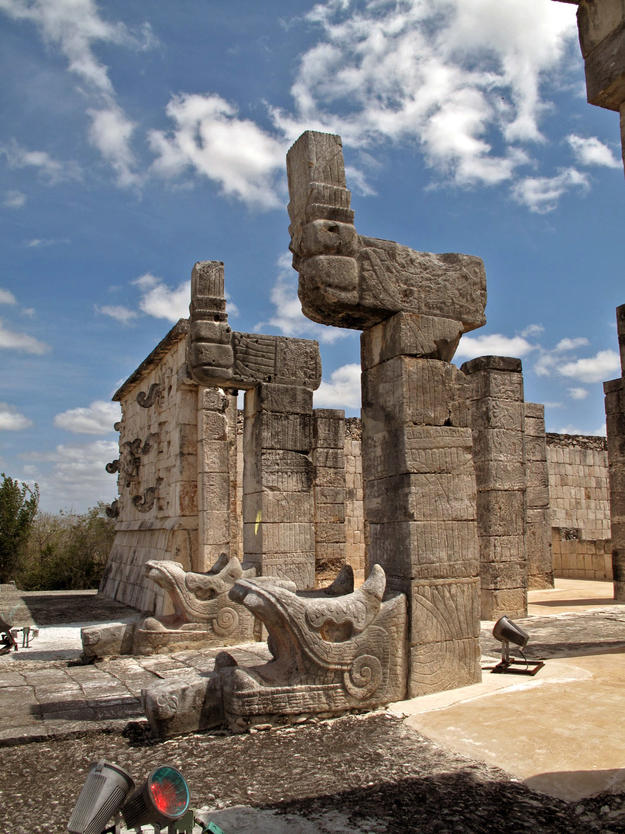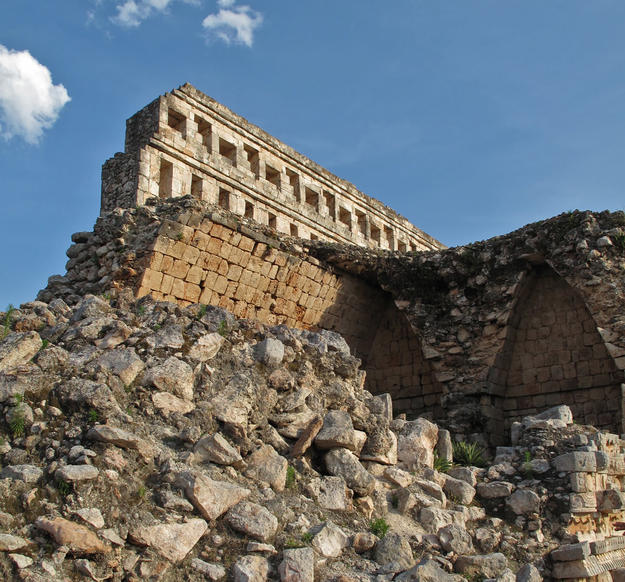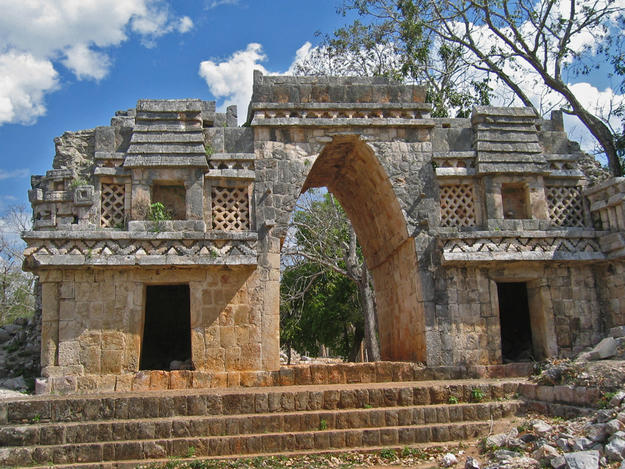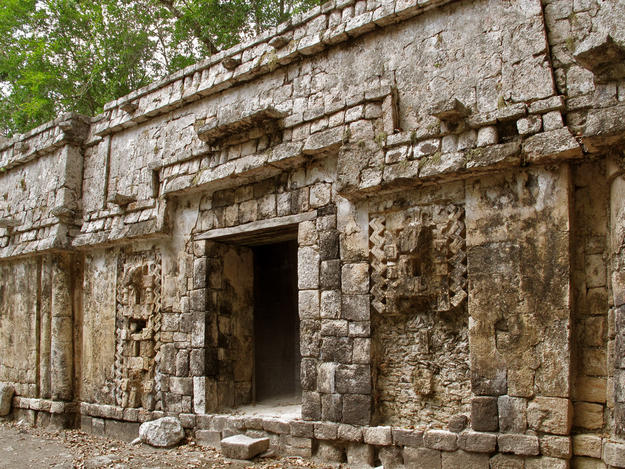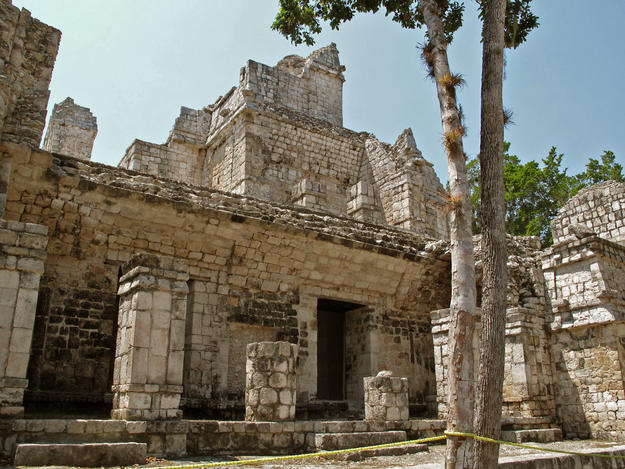Maya Sites of the Yucatán Peninsula
Background
Mexico’s Yucatán Peninsula is home to some of the best-preserved examples of architecture and urban settlements from the pinnacle of Maya culture, the Late Classical Period (A.D. 800-1000). Among the ancient cities populating in the region are Aké, Ek Balam, Kabáh, Labná, Santa Rosa Xtampak, Chichen Itza, and Xocnaceh, all of which are noted for their ceremonial centers boasting temple pyramids, palaces, plazas, and structures such as ritual ball courts. Distinctive features of Maya architecture are raised platforms and façades of finely carved stone ornament. It is also well known, in many instances, for its near-total integration with surrounding vegetation and thus for related difficulties in protecting it due to deterioration from harsh environmental threats. These spectacular sites are resilient and have endured, albeit often in a somewhat ruinous state because they could only resist the advances of the surrounding jungle so much before being evocative of the ingenuity of the architects and builders who created them and the effects of flora of the region.
How We Helped
Since 2004, WMF has been active in the conservation of several important Maya sites in the Yucatán Peninsula. While many of these ancient settlements have been largely restored and are popular tourist destinations, those located in more remote areas are in need of conservation. With the support from Fomento Cultural Banamex, the Instituto Nacional de Antropología e Historia (INAH) developed a program to support archaeological investigations and conservation at Maya settlements in the Yucatán Peninsula. WMF supported the survey and documentation, as well as conservation and restoration measures at the sites. The restoration programs aimed at making the Maya sites structurally sound, facilitating their accessibility to the public, and shielding the sites from further environmental threats and clearing them of destructive vegetation. At Aké and the Pre-Classic site of Xocnaceh, work included stabilization of the ruins, archaeological excavations, and the mapping of the sites and the remains. Interventions at Kabah included waterproofing of several rooms and the liberation and repair of collapsed sections. At Chichen Itza, work focused on the comprehensive restoration and study of Casa Colorada (Red House), a main monument at the archeological site.
Why It Matters
As products of one of the New World’s greatest pre-Colombian civilizations, the ancient Maya settlements of the Yucatán Peninsula offer fascinating insight into the Maya civilization. Their preservation will contribute to the understanding of Maya culture as well as its art and architecture. The effects of restoring and managing these important cultural sites will extend beyond their physical protection and recuperation and have a potential social impact on the region. These effects may involve the shared goal of protecting against future vandalism and looting, facilitating tourism, and greater accessibility to the public, and thus encouraging the development of a sustainable local economy.

